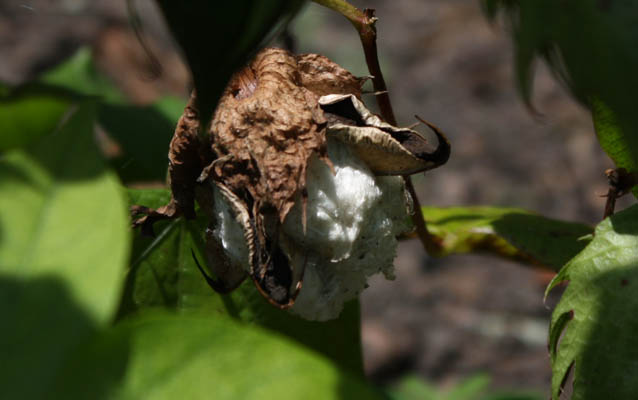Last updated: March 7, 2019
Lesson Plan
History of Kingsley Plantation

- Grade Level:
- Middle School: Sixth Grade through Eighth Grade
- Subject:
- Social Studies
- Lesson Duration:
- 90 Minutes
- State Standards:
- SS.A.1.2.1
SS.A.1.2.2
SS.A.1.2.3
SS.A.4.2.5
SS.A.4.2.6
SS.A.6.2.3
SS.A.6.2.4
SS.A.6.2.5
SS.A.6.2.7
Essential Question
What important events happened at Kingsley Plantation?
Objective
Students will develop an understanding of the history of Kingsley Plantation. See Background Section for a full list of objectives.
Background
Upon completion of this lesson, the students will be able to:
1. Explain the history of Kingsley Plantation.
2. Understand and make a time line of important dates and events that occurred at Kingsley Plantation.
3. Visit and tour the slave quarters, the barn, view the garden, understand why the kitchen was
separated from the owner's house and tour the oldest plantation house still standing in Florida.
4. Complete a Venn Diagram comparing the daily life of a slave on the plantation with the daily life of the plantation owner's Zephaniah and Anna Kingsley.
5. Use the Venn diagram to write an essay comparing and contrasting the daily life of a slave with the daily life of the Kingsley's.
Preparation
TIMELINE PLACE CARDS
Place cards featuring major events from Kingsley Plantation's past that allow kids to create a human timeline.View
Materials
Timeline Place Cards
Procedure
The teacher will tell the story of Kingsley Plantation in their own words. The book "Kingsley Plantation: A History of the Fort George Island Plantation," by Daniel Stowell and Kathy Tilford, is an excellent teacher resource. The teacher will provide place cards with a date and historical event related to Kingsley Plantation on each. These will be distributed to the students randomly. The students will form a human time line in correct chronological order using the dates on the place cards.
Field Trip to Kingsley Plantation
The students will exit the bus at the slave quarters. Remind students about conservation, safety and respect for the "tabby" construction of the cabins. Explain in detail the daily life of slaves at Kingsley plantation. Discuss why the houses are in a semi-circle. Walk to the garden. Point out to students Sea Island cotton, indigo and other plants. Walk the students into the barn. Explain the purpose of the barn was to store farm animals and tools. (i.e. - Some slaves worked in the barn.) Allow students to gin cotton as an example of labor done by slaves. Tour the kitchen. Explain why it was separated from the owner's house. Walk around the planter's house. Explain the daily life of the Kingsleys and how different it was from the daily life of the slaves. Allow time for questions and a quick stop in the bookstore.
Have students draw on their paper a Venn Diagram. Label the left side, "daily life of a slave." Label the right side, "daily life of a plantation owner." The middle area is for similarities in slave and owners' lives. Give the students time to complete the Venn Diagram in class. Discuss various aspects of plantation life learned from the field trip. Using an overhead projector complete a Venn Diagram using the student responses. Have the students write an essay comparing and contrasting the daily life of slaves and plantation owners on Fort George Island.
Vocabulary
Tabby, Indigo, Chronological
Enrichment Activities
To plan your class field trip please call 904.251.3537 or click here to learn more.

